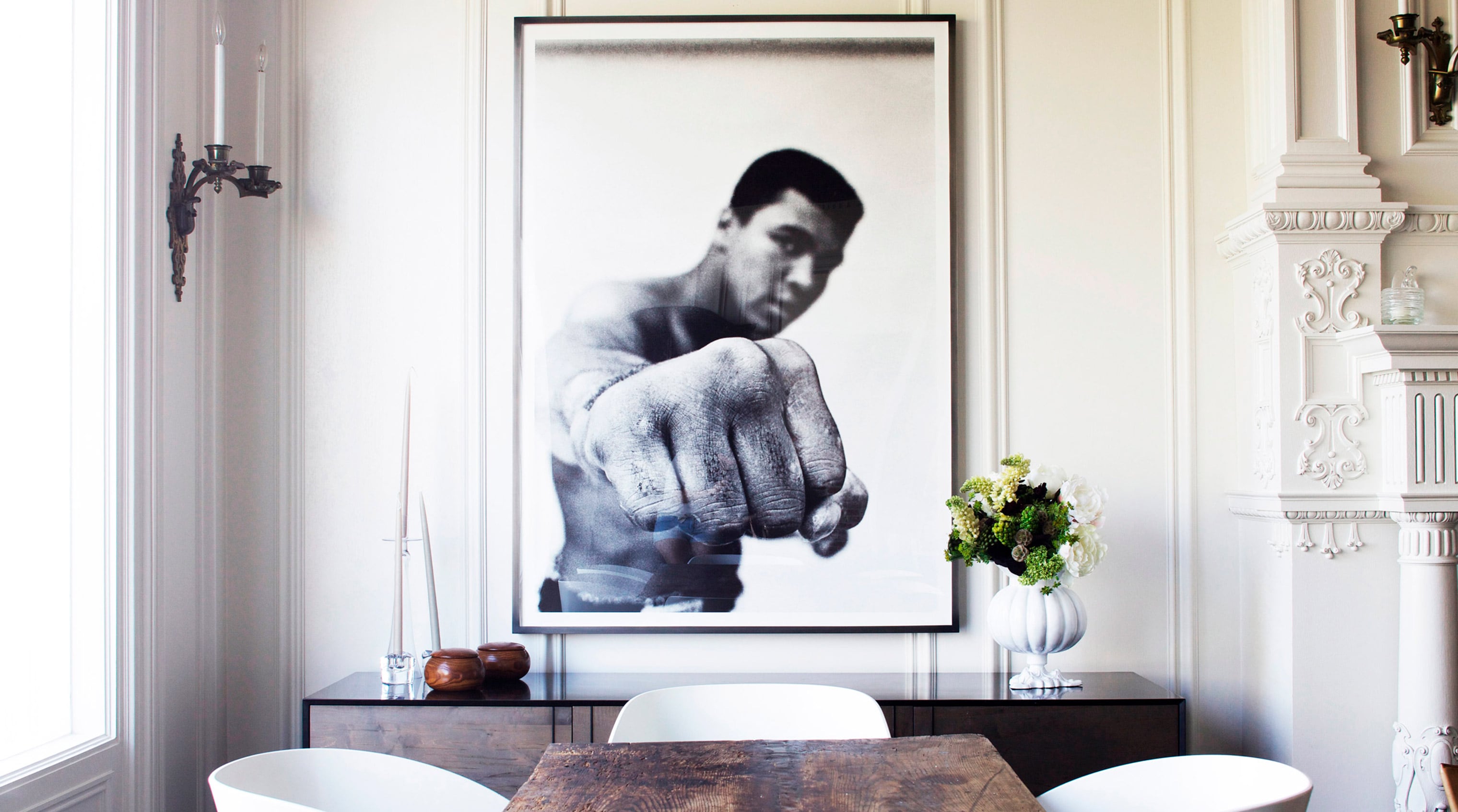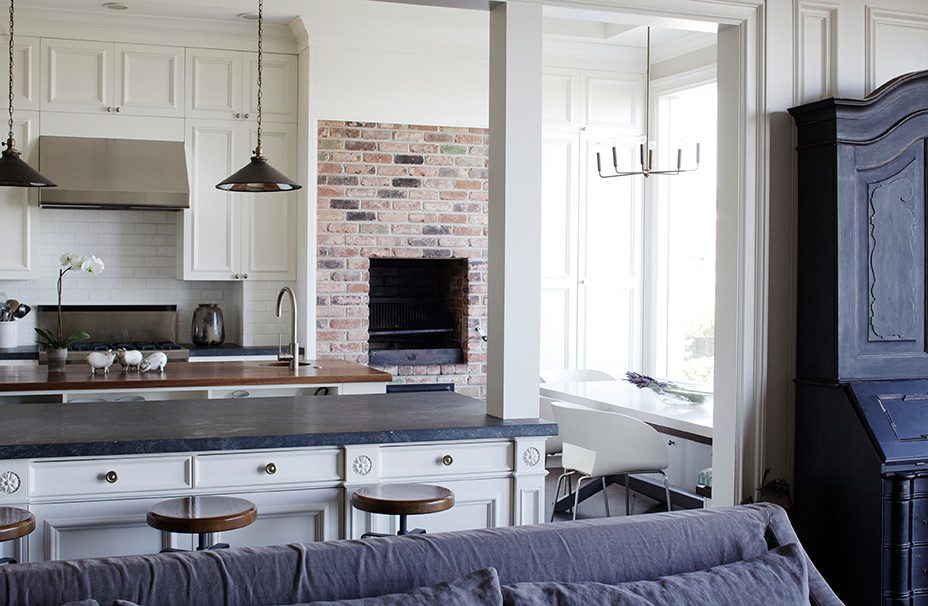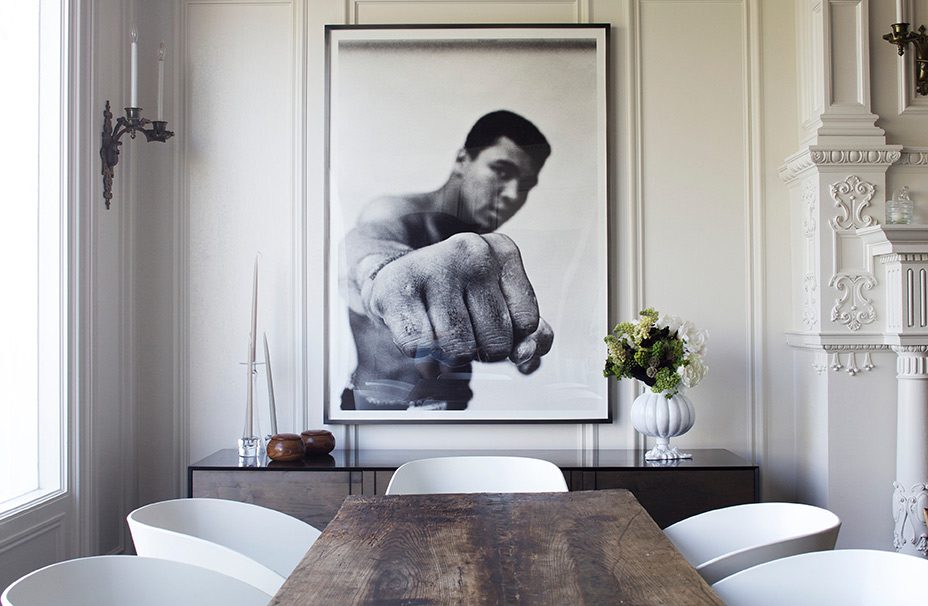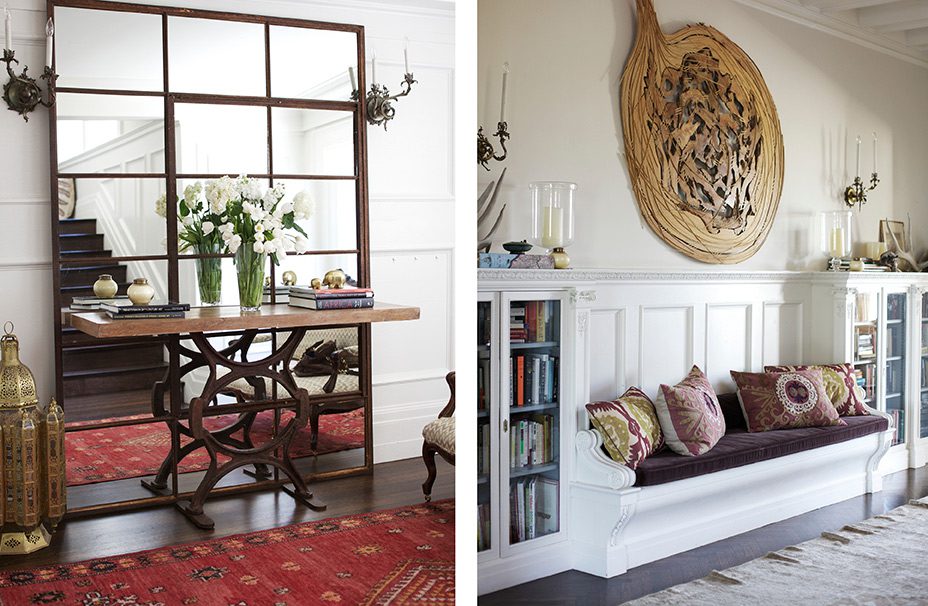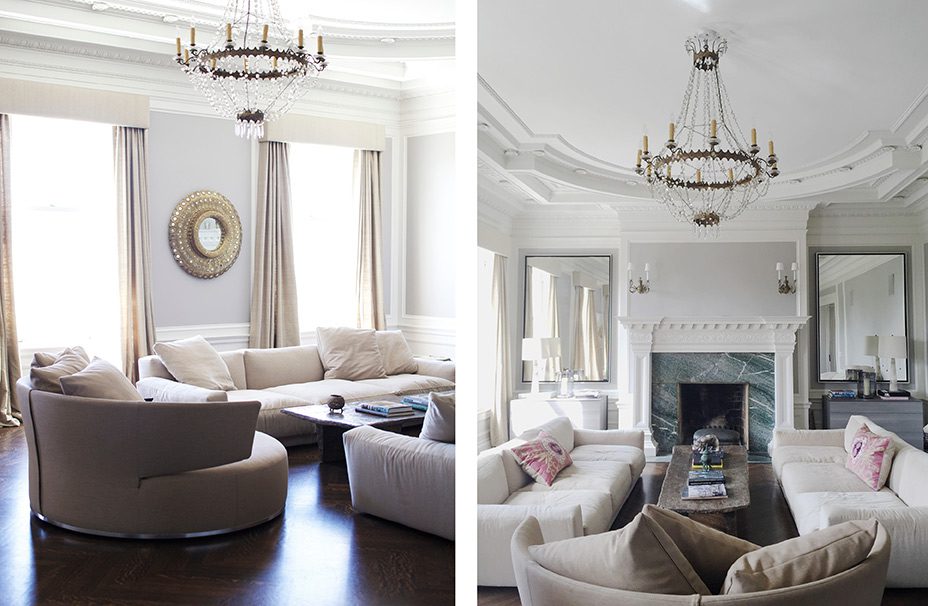As we sit with Soledad Alzaga and discuss her design practice, the overwhelming feeling is one of relaxed, assured elegance, a kind of character that is infused in the work of the Argentine born interior designer. Originally from Buenos Aires, Soledad relocated to San Francisco almost two decades ago and has been refining her craft through some of the finest homes of the Bay Area and beyond. Her approach is personal and very client focused and her mix of brio and sophistication is not uncharacteristic to her South American roots.
She took time out of her schedule to speak with Arkitektura and share her vision.
How did you arrive in the interior design industry?
I have a degree in graphic design and advertising. I worked in finance for a while in Argentina. Back in the early 2000s, I decided I wanted to start my own company and started working for other people. One day, a mother from my children’s school was over and said, “Would you be able to do the same thing in my house?” I said, “Of course I can.”
Her house was huge—about 3,000 square feet, and it was empty. She had a piano, a sofa, and a lamp. She had lived like that for a year. She had hired a couple of other interior designers and she did not like that these people were not personal to her. Each meeting they would show up with a different assistant or some junior designer. She just didn’t feel like she was getting to know the actual designer. When I started working for her I told her, “You’re hiring me and you’re getting me. I’m going to be in charge of the project from start to finish.”
You also have skills in interior architecture—how do you incorporate this into your projects?
It’s really fun for me to be able to move walls and figuring out the best layout for a space. Being able to restructure a space to make it flow and function better is more interesting to me than just decorating a space. People typically hire me to furnish their space, but it’s great when somebody realizes that I also can move rooms around. Obviously, I still need an architect to print on paper and an engineer to make sure we’re not collapsing the house.
It’s important to be functional. In my opinion, there’s nothing worse than a space that’s wasted. Let’s do something with it. When you see little breaks in the walls and see potential to make things bigger—why not do it. My mind works that way. It’s not just, “what curtains are we going to put up in this room.”
When do you start thinking about what furniture to use?
When I walk into a space, I can already visualize how it’s going to look in the end. I like to be able to show the client what the space will look like, it was not enough to have a floor plan, drawings, and 3-D. They needed to see it in person, so I make sure to bring in the sofas, etc. — let’s bring everything into the space so you can see how it will look.
When people hire me and I walk in and they want me to make sense of the space. Sometimes I’ll say, “You need to move that sofa over there, that dresser over there” and it’ll completely transform the room. A lot of people do not realize that you can make a room look so much better just by reconfiguring the furniture in it. This is a wonderful thing for my clients because I do not need to buy new furniture — which saves them a lot of money.
How does living in the Bay Area affect your design practice and your design thinking?
San Francisco is full of really creative and amazing people who choose to stay here. We’re not going to New York. We’re staying in this little 7×7 city and making it happen. A lot of people are struggling because it’s ridiculously expensive to live in the city. We’re all staying here by choice.
There’s a lot of culture. It’s a very open-minded community. My kids were going to this pre-school where half the parents were same-sex parents. When we go to Argentina, that doesn’t exist in my country. Here, they’re just open to all these different mentalities and cultures, and it’s very diverse. I like that. I like that my kids are growing up in that. That they’re going to be able to say they grew up here. Aesthetically, I think of San Francisco as a cozy city in a way. It’s not like you’re in LA where you’re creating spaces that are inside and out, as much. I think that it’s because you’re inside more and you need textures and fire and hot tea and a nook to read a book. It’s all that, but at the same time, all that coziness and texture that I try to create in a home has this whole modern technology side to it. Everything is going to work from your phone. Everything is a smart house and smart technology that we put in houses now. The lights have these controls. With your smart phone, you can work the music, the light, the temperature. All these things were not going on 10 years ago.
Have you considered moving back to Argentina?
One thing I always say is that when you make it in the States, you can go back to Argentina and people treat you as royalty just because you were successful here. But, I have been very lucky to have started a business in interior design out of nothing and to have had much success here. I have friends who have been in the design industry for close to 20 years and have been very successful and perhaps they have bigger companies than I do, but I feel like I’m getting the same attention, in a way.
If you could go back and give yourself some advice about getting into interior design, what would it be?
Start your career earlier. Since I have kids, I have a lot less time and energy to go out to events, for example. If I started in my 30s, I would go out a lot more. I get invitations almost every other day for some event on that I would like to attend. I just don’t have the time or the energy to do it. I would have like to have started my career earlier.
More work by Soledad Alzaga can be found at soledadalzaga.com


